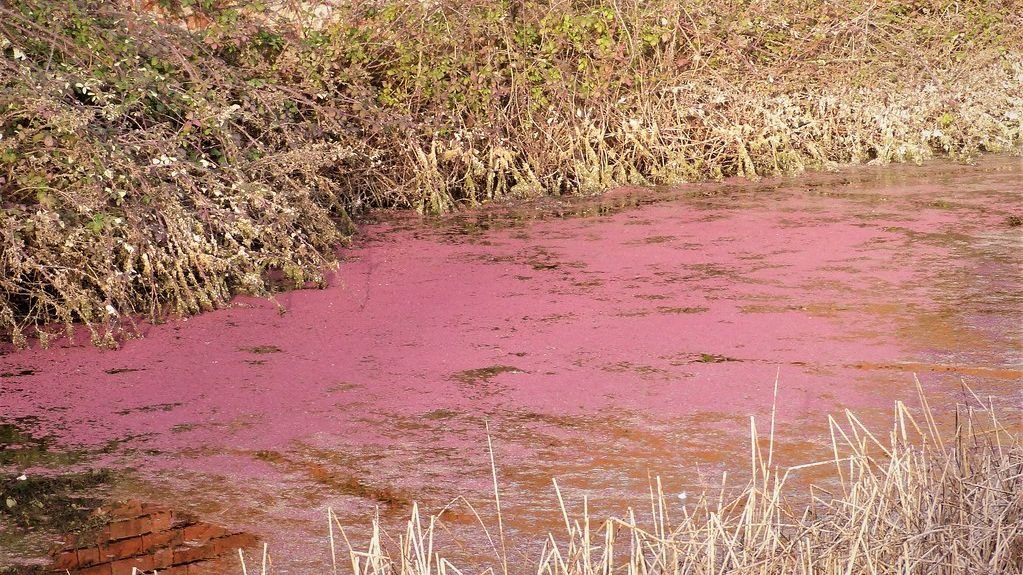When you picture dangerous water hazards, what comes to mind? Crashing rapids, hidden rocks, or maybe unexpected flash floods. The thought of harmless looking pink water probably doesn’t make your worry list. However, across America’s waterways, these seemingly beautiful colored blooms are sparking serious health concerns.
These colorful algae blooms can appear in shades ranging from green to red, pink, blue, or brown and can look “spilled paint” looking while sometimes producing unpleasant odors. The intensity and frequency of toxic algae outbreaks have been growing, thanks to increased fertilizer use and rising temperatures associated with climate change, with 2023 being a particularly bad year due to El Niño heat waves. Let’s dive into eight specific American rivers where these unusual blooms have been making waves.
Columbia River: Where Beauty Turns Deadly
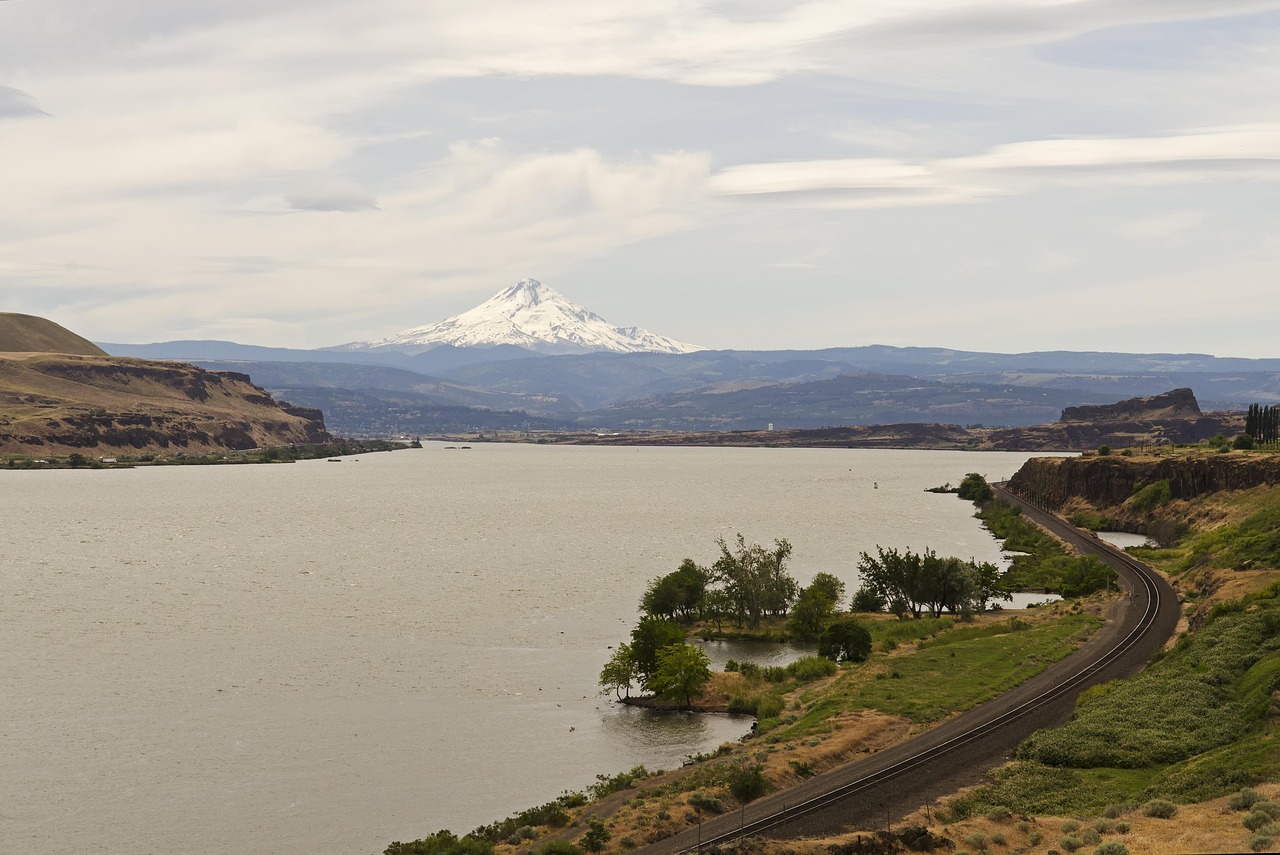
The Columbia River has earned the unfortunate distinction of being ground zero for a particularly dangerous form of algae. Benthic algal mats have been identified in the Columbia River, leading to the deaths of two dogs in 2024. These bottom-dwelling cyanobacteria can appear in colors ranging from vibrant yellow-green and drab olive, to burgundy and dusky brown or black.
The risk of exposure increases significantly when the cyanobacteria mats dislodge from the bottom, become buoyant, and accumulate along shorelines, backwater channels, or eddies via wind or water current. Since toxic algae thrive in warm, nutrient-rich, slow-moving water, climate-change-driven heat and drought conditions are expected to worsen algal problems, with dams slowing flows and increasing water temperatures being significant contributing factors.
Sacramento-San Joaquin River Delta: California’s Troubled Waters
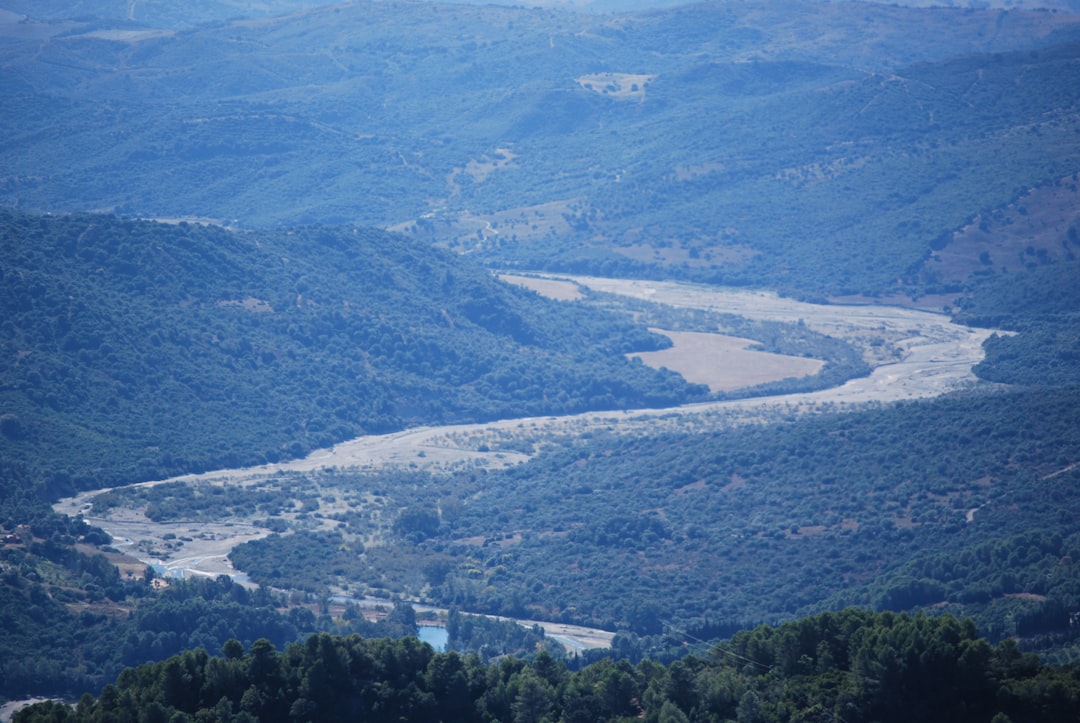
California’s largest estuary system has become a hotspot for harmful algae activity. Harmful algal blooms have proliferated in recent years in communities around the Sacramento-San Joaquin River Delta, the West Coast’s largest estuary, as river flows have waned. Diverting more than 80 percent of a river’s natural flow is not uncommon in parts of the western United States, where major river systems like the Colorado, the Rio Grande, and the San Joaquin run dry for vast stretches due to upstream diversions.
These excessive diversions create the warm, stagnant conditions in which harmful algal blooms thrive. The occurrence of algal blooms is increasing in California’s rivers, creeks and lakes, typically occurring in summer when hot temperatures and plentiful sunlight coincide with low water levels and excessive nutrients from stormwater runoff.
South Fork Eel River: Northern California’s Hidden Danger
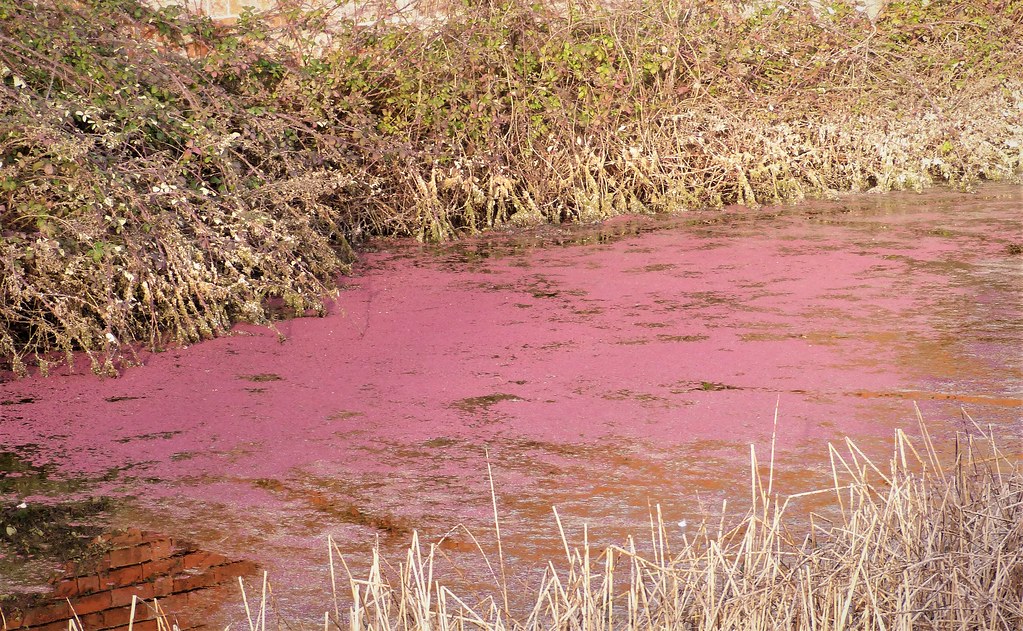
The scenic Eel River system in Northern California has experienced concerning algae developments. Algal blooms were recently detected by North Coast Regional Water Quality Control Board staff in the South Fork of the Eel River at Richardson’s Grove, Cook’s Valley and in Miranda. These blooms represent a growing concern for recreational activities in what was once considered pristine wilderness water.
The river’s algae issues highlight how even seemingly remote waterways aren’t immune to the nutrients and conditions that fuel dangerous blooms. Local environmental officials regularly remind residents to stay vigilant when recreating at area rivers and lakes, particularly during warmer months when conditions become ideal for rapid algae growth.
South Umpqua River: Oregon’s Permanent Advisory Zone
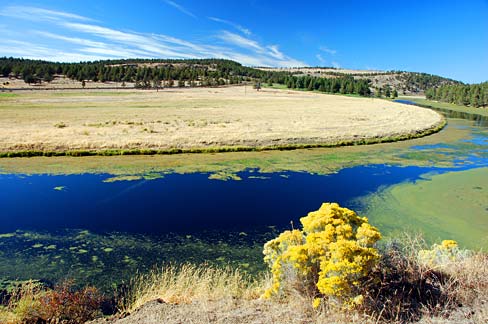
Oregon’s South Umpqua River system has earned the troubling designation of having permanent algae advisories in place. The advisory covers the South Umpqua River from Canyonville downstream to the confluence with the mainstem Umpqua River, and the mainstem Umpqua River downstream past Elkton to Sawyers Rapids. Pools in the bedrock along the rivers edge are known to develop cyanobacteria blooms that can be harmful to pets and people if accidental ingestion occurs.
The permanent nature of this advisory speaks to the persistence of conditions that favor algae growth. Unlike temporary blooms that come and go with seasons, the Umpqua system has established itself as a consistently risky environment for water recreation.
Hudson River: New York’s Recent Bloom Concerns
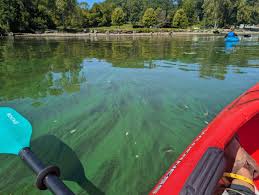
New York’s iconic Hudson River experienced notable algae activity in recent months. In response to harmful algal blooms reported on the Hudson River in recent months, the Department of Environmental Conservation collaborated with researchers at Stony Brook University to survey the bloom and characterize water quality conditions for approximately sixty river miles between the towns of Hudson and Newburgh. Preliminary results from the 2-day survey are presented in the Hudson River Harmful Algal Bloom Monitoring Factsheet.
The Hudson’s algae issues demonstrate how even highly monitored and historically important waterways can face modern pollution challenges. The extensive survey effort shows the serious attention these blooms require from environmental agencies.
North Fork Shenandoah River: Virginia’s Clogged Waterway
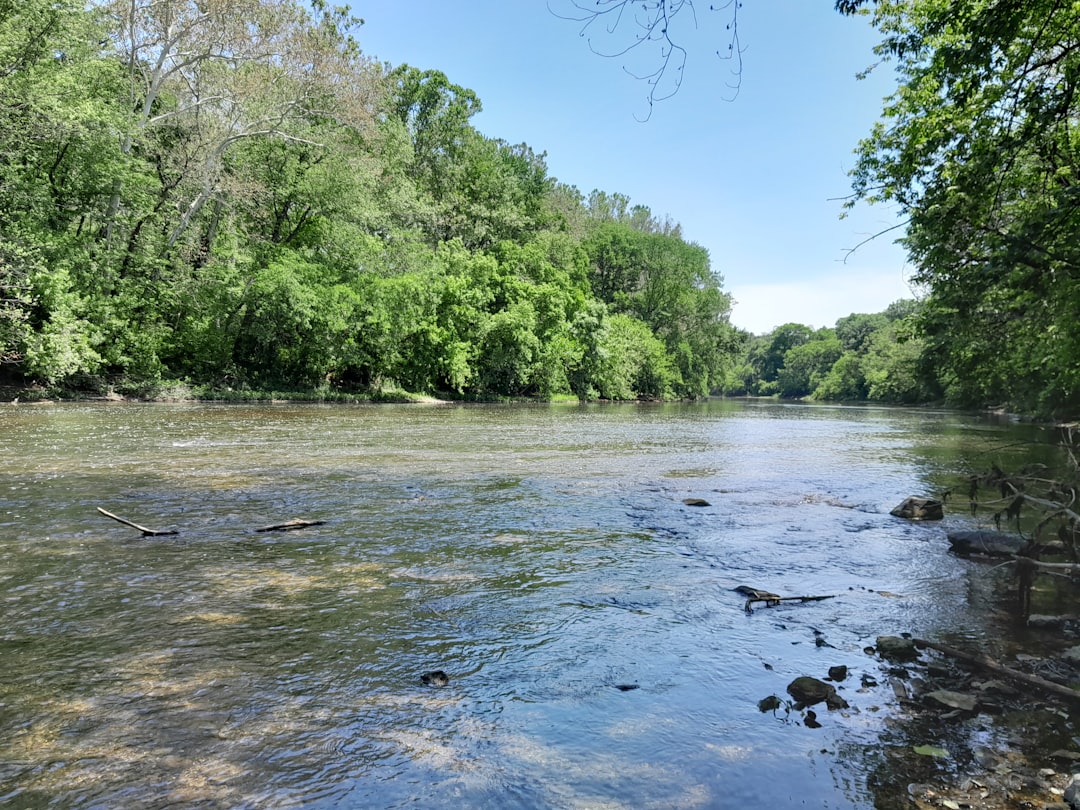
Virginia’s Shenandoah River system has struggled with increasingly problematic algae conditions. Mats of filamentous algae have increasingly clogged the North Fork of the Shenandoah River in recent years, ruining summer plans for fishing, tubing, and swimming on the river. Hot, sunny days coupled with thundershowers bring harmful algal blooms to the Chesapeake Bay watershed, with reports from Virginia Beach to the North Fork of the Shenandoah River.
The phenomenon is fueled by nitrogen and phosphorus pollution that heavy rains wash into rivers, acting as fertilizer and causing algae to grow explosively in warm, still water bathed in sunlight. The impact on recreation has been significant, transforming a beloved summer destination into a waterway that locals must approach with caution.
Are These Blooms Actually Dangerous?
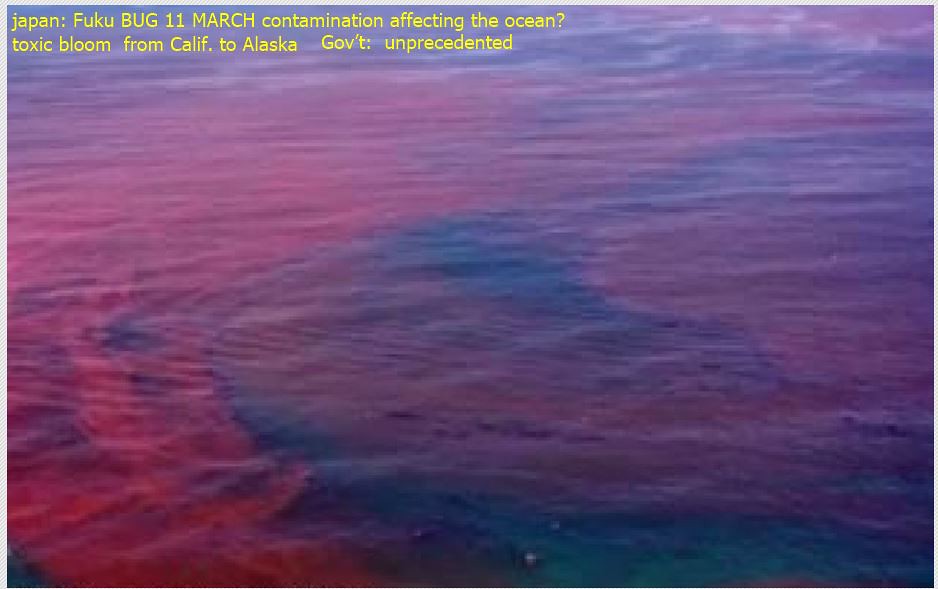
The safety question isn’t straightforward, and that’s precisely what makes these blooms so concerning. Not all algal blooms are toxic, but unfortunately, you can’t tell just by looking, and sampling and testing are required to determine if toxins are present. Being aware of local health advisories is important, but if the water looks scummy or pea green, people and pets should avoid water contact, with the motto being “when in doubt, stay out!”
These blooms release toxins into the water that can harm people and animals, with toxic exposure causing headaches, stomach pain, dizziness, vomiting, diarrhea, and liver damage. Pets are particularly susceptible to toxic algae because of their relatively small size and likelihood of drinking contaminated water. Illness symptoms may occur in people and dogs within minutes to a few hours after contact, and can cause serious illness or death in pets that ingest water containing high concentrations of cyanotoxins.
The real danger lies in the unpredictability of when a bloom becomes toxic and the difficulty in detecting toxins without laboratory testing. Even experienced water enthusiasts can’t reliably identify dangerous blooms by appearance alone, making every colorful bloom a potential health risk that demands caution rather than curiosity.
What do you think about these hidden water dangers? Have you encountered any unusual colored water in your local rivers or streams? Tell us in the comments about your experiences with these mysterious blooms.

